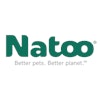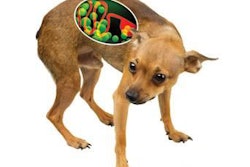Neuropeptide W (NPW) is produced in neurons located in hypothalamus, brain stem and antral G cells and its receptors are present in the hypothalamus, in particular in the paraventricular nucleus. There are two forms of the peptide, designated as neuropeptide W-23 (NPW23) and neuropeptide W-30 (NPW30). Neuropeptide W is an endogenous ligand for G-protein-coupled receptor, GPR7 and GPR8 receptors.
We conducted this study to investigate the effects of NPW on feeding intake and energy expenditure in Wistar rats. Systemic injection of both forms of neuropeptide W (NPW23 and NPW30) to ad libitum feeding Wistar rats decreased dark feeding and fasting-induced feeding. One week of systemic treatment with NPW23 decreased feeding intake and weight gain during the treatment period. On the other hand, systemic treatment with antineuropeptide W antibody increased feeding intake. Moreover, systemic treatment with neuropeptide W-23 raised body temperature and consequently thermogenesis.
These results suggest that neuropeptide W may play an important central role in the feeding intake and energy balance control in mammals.
Source: T. Naso et al., 2013. Central neuropeptide W has anorexigenic effect in rats. JAPAN online March 2013. doi: 10.1111/jpn.12067


















